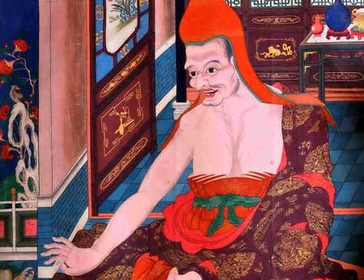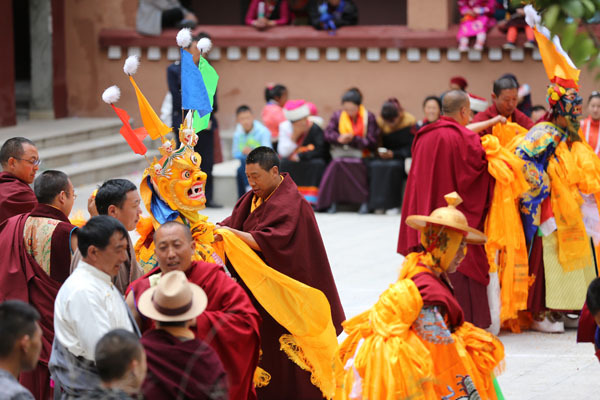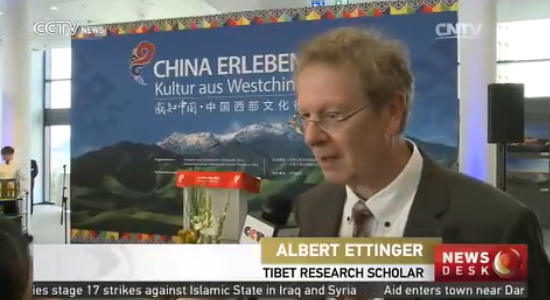Tibet completes Chinese translation of 5 sections of the “Epic of Gesar”
Since Tibet began the project of translating the “Epic of Gesar” into Chinese in 2014, the translation work has advanced smoothly, and as of now, translation of the first five sections, “Heaven”, “Battle of the Wood Ridge”, “Clan of Incandescent Goats”, “Clan of Danma Barley Wine”, and “Clan of the Qiri Coral”, has been wrapped up, the Tibet Social Sciences Academy said.
Tsering Phuntsok, head of the Ethnic Research Institute at the Tibet Social Sciences Academy, which has always focused on the cultural preservation of the Gesar Epic, recently said that since the beginning of the 21st century, Tibet has focused on protecting the singers of the Gesar Epic, and has already published 45 sections of the “Epic of Gesar” sung by Mr. Sendrup, and 10 sections sung by other artists. This includes the full story of the “Epic of Gesar” as sung by Mr. Sendrup, which was recorded before his death.
According to reports, this translation project has spanned 5 years, basing the translation work on the version sung by Mr. Sendrup. The translation team is comprised of translators and scholars in this field from Tibet, Gansu, Qinghai, and Beijing, and they expect to publish the translation of the first five sections in July of this year.
In recent years, due to several Gesar singers passing away from old age, protecting this living epic is even more urgent. “Currently, protecting the Gesar singing art mainly depends on taking written notes, videotaping, and other recording methods. In future, we should also create new ways of propagating the recordings, and further cultivate the cultural soil of the Gesar Epic, to avoid losing the songs with the deaths of the singers,” Tsering Phuntsok said.
The “Epic of Gesar” is a monumental literary work that tells of the epic saga of the Tibetan hero King Gesar. It tells of how Gesar subdued monsters and demons, upholding the weak against the strong, and helped the common people. It includes all aspects of social development in Tibetan history. The epic has more than 1 million lines, more than 20 million words, and it integrates different eras of Tibetan history, society, nature, and other disciplines. It is known as the “Homer of the East”, and it is the longest historical epic in the world. In recent years, through Tibetan opera and chanting, the “Epic of Gesar” has been able to be carried on and interpreted, and its chapters have enjoyed great popularity.
Your Comment
Name E-mailRelated News
-
;
-
-

-
Show provides rare glimpse of Tibetan culture
Legend has it that about centuries ago, Namkhagyan, a master of Tibetan thangka art, suddenly learned how to paint with a pen given by a Buddha in a dream.
-
-
-

-
Jiuzhai Valley celebrates Mazhi Culture Fest
On May 21st, Lunar April 15th, residents from and around Jiuzhai Valley gathered together to celebrate the annual Mazhi Culture Festival at Zharu Temple in the park.
-
-
-

-
German scholar: It's wrong to think the Tibetan culture is dying
The event “Experience Western China” has begun in the German city of Frankfurt. It aims to help people learn more about China’s western region, according to CNTV on May 19.
-
Based in Lhasa, Tibet Vista is a Tibet travel agency that specialized in Tibet permit, and Tibet tours for both private and group travelers at a local price!
•4 Days Lhasa City Group Tour from USD 460 •8 Days Everest Base Camp Group Tour from USD 850 •15 Days Mt.Kailash Group Tour from USD 1780 •2016 Tibet Train Tours from Beijing, Shanghai, Chengdu, Xining,etc










